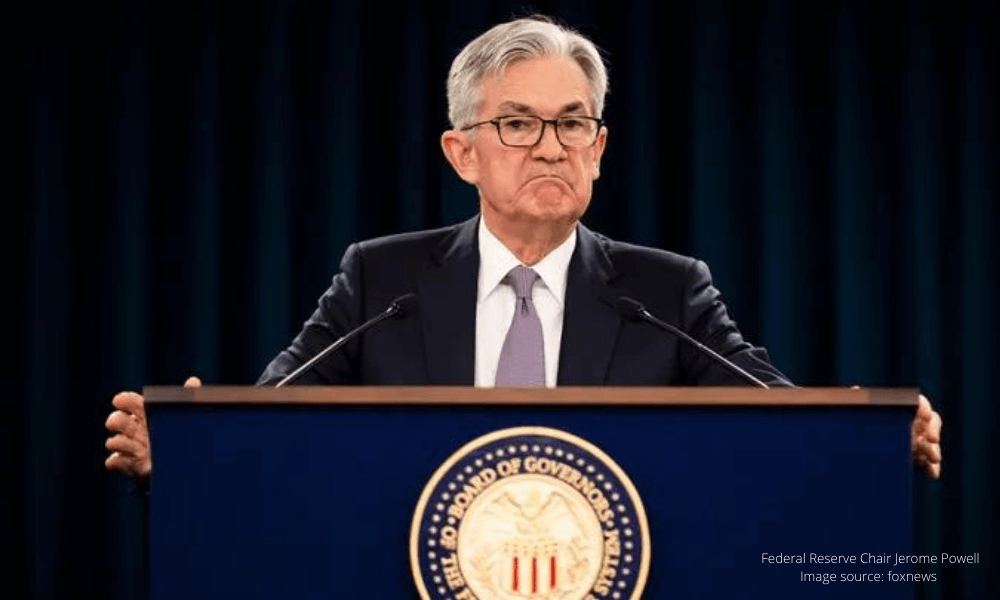
Powell has left open the possibility of a rate hike at every meeting this year. Fed Chair Powell: 'Not making much progress' on supply chain disruptions.
FOX Business' Ashley Webster reports from the Port of Savannah.
Bank of America economists expect the Federal Reserve to hike interest rates at every meeting for the remainder of the year as central bank policymakers look to tackle the hottest inflation in nearly four decades.
In a Friday analyst note to clients, the Bank of America economists – led by Ethan Harris – projected seven, quarter percentage point rate increases in 2022, putting the target range between 2.75% and 3% at year's end.
"The Fed has all but admitted that it is seriously behind the curve," they wrote. "This should affect the economy with a lag, weighing on 2023 growth." Economists scrambled to update their outlook after the Fed said during its two-day, policy-setting meeting last week that it could "soon" raise rates for the first time in three years, paving the way for a March liftoff as policymakers seek to keep prices under control. A rate increase would mark the first since December 2018.
"With inflation well above 2% and a strong labor market, the committee expects it will soon be appropriate to raise the target range for the federal funds rate," the Fed said in its post-meeting statement. The central bank's next meeting is scheduled for March 15-16; it has six more meetings in May, June, July, September, November, and December.
Other Wall Street banks have also increased their expectations on rate hikes this year: Goldman Sachs, for instance, is penciling in five increases, while Deutsche Bank also expects five and TD Securities sees four. Most traders are pricing in at least five rate hikes this year, with more than three-quarters projecting four rate hikes by September, according to the CME Group, which tracks trading.
For months, the Fed has been wrestling with its dual mandate of stable prices and full employment. But the nation's jobless rate plunged to 3.9% in December, down from a pandemic high of 14.7%, while consumer prices surged 7.1% from a year ago, marking the fastest pace for inflation since 1982 as consumer demand confronts a shortage of goods caused by congested ports and other pandemic-induced disruptions in the supply chain.
"I would say, and this view is widely held on the committee, both sides of the mandate are calling for us to move steadily away from the very highly accommodative policies we put in place during the challenging conditions that the economy faced earlier in the pandemic," Fed Chairman Jerome Powell told reporters during a post-meeting press conference. "Most FOMC participants agree that labor market conditions are consistent with maximum employment."
Some economists believe the Fed waited too long to confront the burst in inflation, while others have expressed concerns that moving too quickly to stabilize prices risks slowing hiring and potentially leaving many workers, particularly lower-income Americans, without a job. Hiking interest rates tends to create higher rates on consumers and business loans, which slows the economy by forcing employers to cut back on spending.
Powell has hinted at a rate hike at each of the Fed's meetings this year, and he has refused to rule out a more aggressive, half-percentage-point hike, but he has stressed the importance of remaining "humble and flexible." "Incoming facts and shifting outlook will guide us," he said.